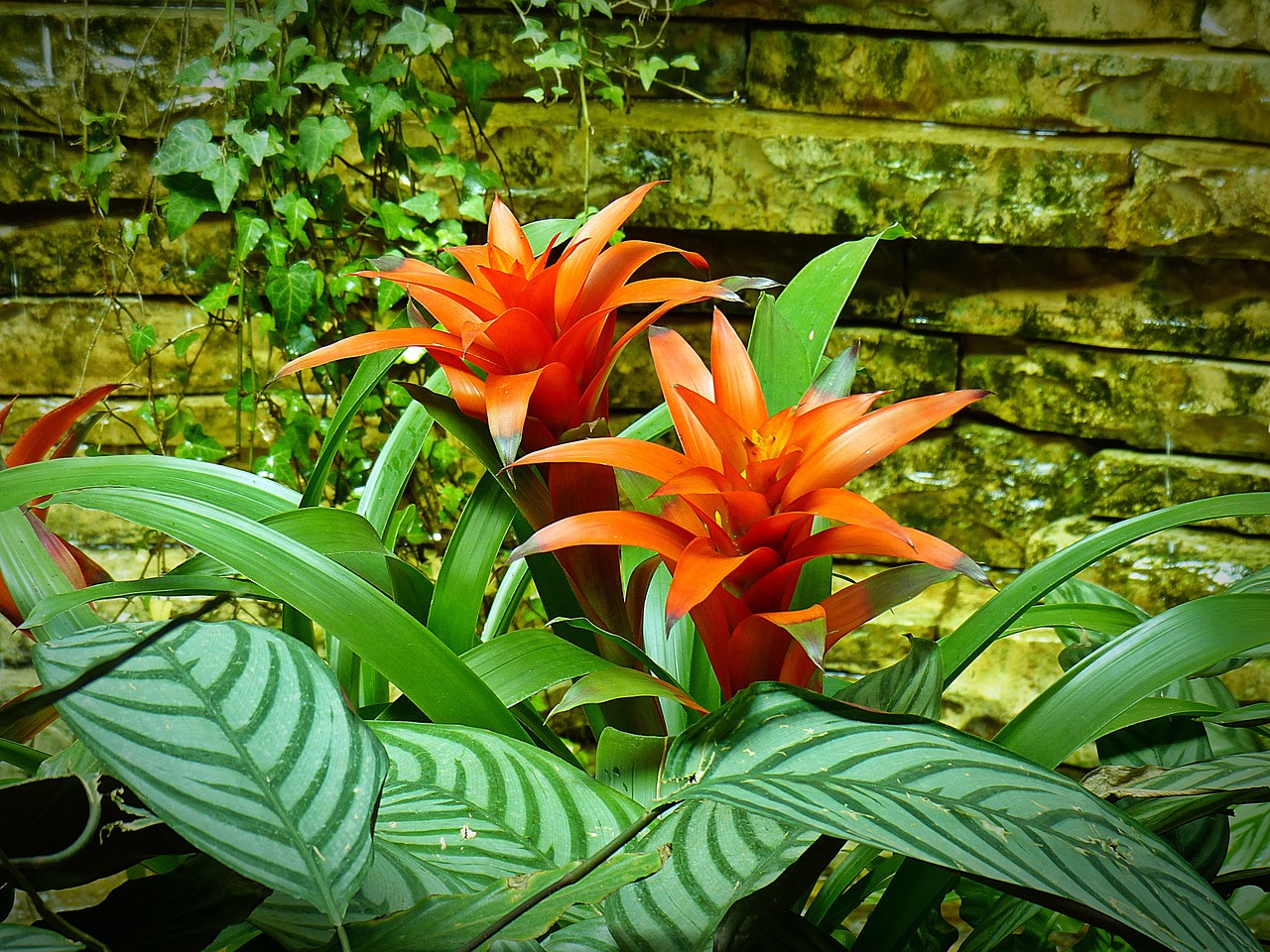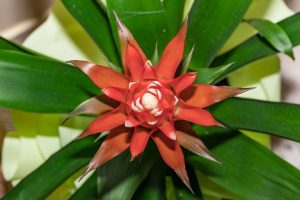Last Updated on April 10, 2024 by Real Men Sow
Water Bromeliads are known for their striking, sword-shaped foliage and bright, unusual-looking flowers. They are native to tropical rainforests, where they thrive on the bark of trees rather than the ground. Their roots help them hold onto their hosts. Growing and watering bromeliads can be a bit confusing when you are kept as houseplants.
How Do Bromeliads Get Water?
Bromeliads get water from a central “tank” or “vase” in the middle of the rosette, which fills with water when it rains. These tanks are sometimes used by frogs to raise their young.
Can You Eat Bromeliads Fruits?
The UK has bromeliads as houseplants. Ananas comosus, the most well-known member of the bromeliad family, can be grown indoors. However, the fruit cannot be eaten.
Bromeliads die after they have bloomed which means that they are not good house plants. However, they produce new plants at their base which can be potted up or grown on. Bromeliads can be cared for easily and are an excellent choice for beginners.
How To Grow Bromeliads
Bromeliads thrive in warm rooms with lots of light. Their central ‘vase,’ which is required to be watered at all times, should be kept filled. Because they are sensitive to chemicals in tap water, it is best to use rainwater collected from the ground. You can also leave tap water to stand for 24 hours to allow some chemicals to escape as gases or you can boil and cool it. After the plant has flowered, it will die. However, it should still produce new plants at its base called ‘pups.’ These can then be potted up and grown into new plants. Bromeliads love humidity, so make sure to keep the leaves moist.
Where to Grow Bromeliads
Bromeliads do best in warm, brightly lit rooms. They require temperatures of 20°C to bloom. A slightly lower temperature will make the plant last longer once it has bloomed. The perfect home for bromeliads is a bright, steamy bathroom since it mimics the tropical, warm habitats they grow in naturally. Bromeliads can also be grown in a conservatory. However, the leaves might scorch during the hottest days of summer. Avoid placing bromeliads next to radiators, as they can cause damage.
Planting Bromeliads
Bromeliad plants should stay in the same pot they were purchased in due to it dying once it has finished flowering. A 50/50 mixture of orchid compost and peat-free multipurpose compost is best for repotting it.
How to Water Bromeliads
Bromeliads need to be watered differently than other house plants. This is done via a central “tank” in the middle or the rosette. Rainwater is best, but you can also use tap water that has been boiled and cooled, or left to stand for 24hrs. You can empty the rosette every few weeks by turning it upside down and filling it with fresh water, doing this will prevent bacteria buildup. It is important to water the compost, but not too much. When watering the rosettes, add a houseplant fertilizer to the soil using only half the strength during spring and summer.
Keep the compost moist in summer, they should be in a well-ventilated place and you can move them in shady spots outside during the warmest months. In winter, water the compost only after it has dried. Place the plants on trays with moist gravel or mist frequently.
Propagating Bromeliads
Bromeliads have an unusual property: their central rosette often dies after flowering. The plant will then produce many babies at its base. You can leave the baby plants in their original pot or they can be divided into other plants. It is best to wait for the bromeliads to reach at least 10-15cm before you divide them.
How to Propagate Bromeliads in Pots?
To remove the baby plants from the main plant, lift it out of the pot, be careful not to damage the roots! Each baby plant should be rooted in peat-free houseplant compost. Then water the compost and the rosettes. Rooting can take around a month. Alternatively, wait until the main plant dies and then remove it. Then, let the babies grow from their roots. It may take several years for the new plants to bloom again.



